
Exploring the Hidden Gems in the National Park System
Exploring the Hidden Gems in the National Park System
Why RVers should check out historic sites, monuments, memorials, and more!
By: Jenny Van Atta
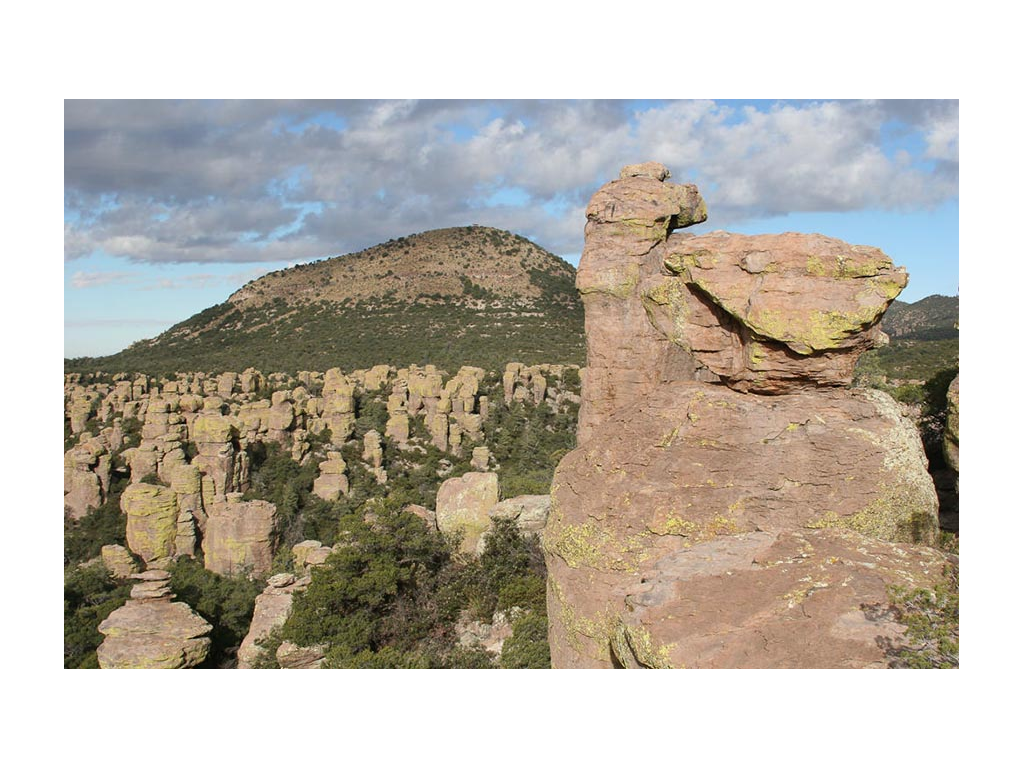 Photo Credit: NPS
Photo Credit: NPS
The National Park System covers more than 84 million acres and includes 429 units. Of these, 63 are designated national parks, while the rest have many other distinctions including national battlefields, seashores, monuments, memorials, historic sites, recreation areas, trails, and more. These sites are given their distinction because of their natural value or historic importance. The best part is that entry to ALL of these sites is FREE to anyone with an America the Beautiful annual pass!
Top 3 Reasons to Visit Lesser-Known Sites
What is the benefit to visiting one of these lesser-known parks?
1. Fewer crowds
First and foremost, they are generally less crowded. If anyone has ever visited Grand Canyon National Park (~6.4 million annual visitors) and seen the 20-person line for the bathroom or circled the parking lot at Jenny Lake in Grand Teton National Park (~3.5 million annual visitors), you know what I’m talking about. That’s not to say that these other places are empty, but there may be fewer lines.
2. Ease of camping
That brings me to my second point, which is ease of camping. No more waking at 4 a.m. to get in line for a first-come, first-served site. The campgrounds at these sites may have a mix of reservable and first-come, first-served sites and finding availability on arrival in my experience has been pretty easy.
Just note that many national park campgrounds do not have hook ups. The other great thing I’ve found is free boondocking at many sites, like Curecanti National Recreation Area (~932k annual visitors) near Gunnison, CO.
Read more about camping in national parks here.
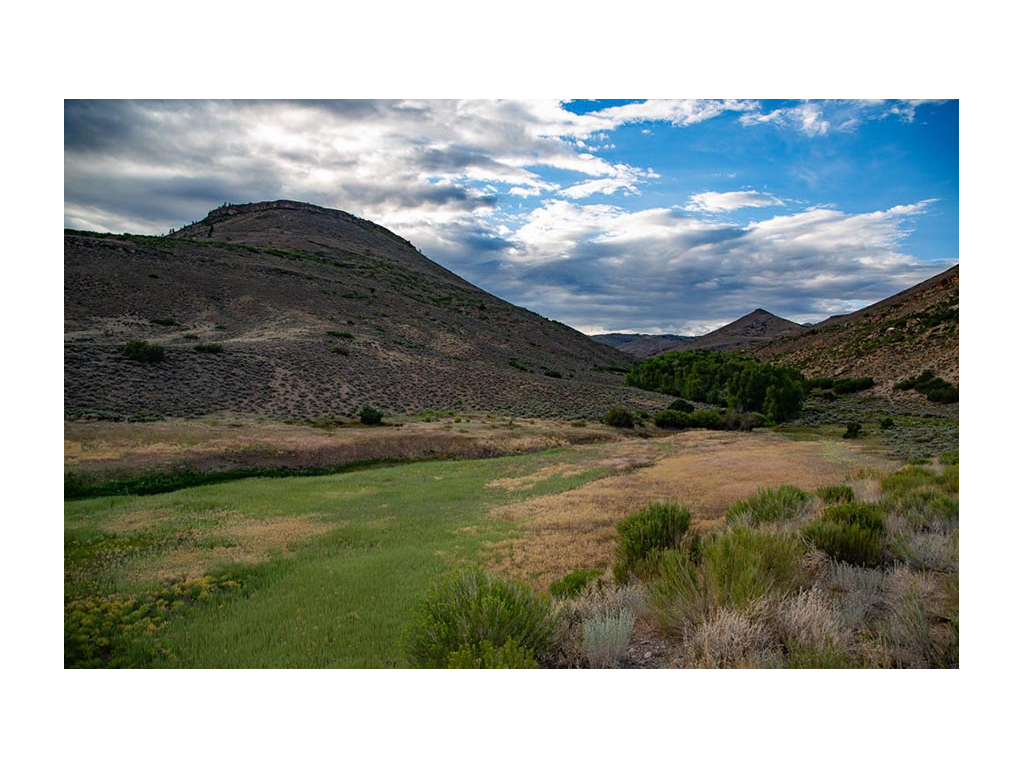 Photo Credit: NPS/Victoria Stauffenberg
Photo Credit: NPS/Victoria Stauffenberg
3. Often pet-friendly
Last, but certainly not least, I’ve found these sites may be more pet friendly. Many national parks do not allow pets on any trails, whereas some of these other units allow pets on trail. Since I’m traveling with my two little fur babies, this is something that I consider when picking a destination.
Some Favorite Lesser-Known National Park Units
Here are some national park units I suggest adding to your must-visit list:
Chiricahua National Monument near Wilcox, AZ
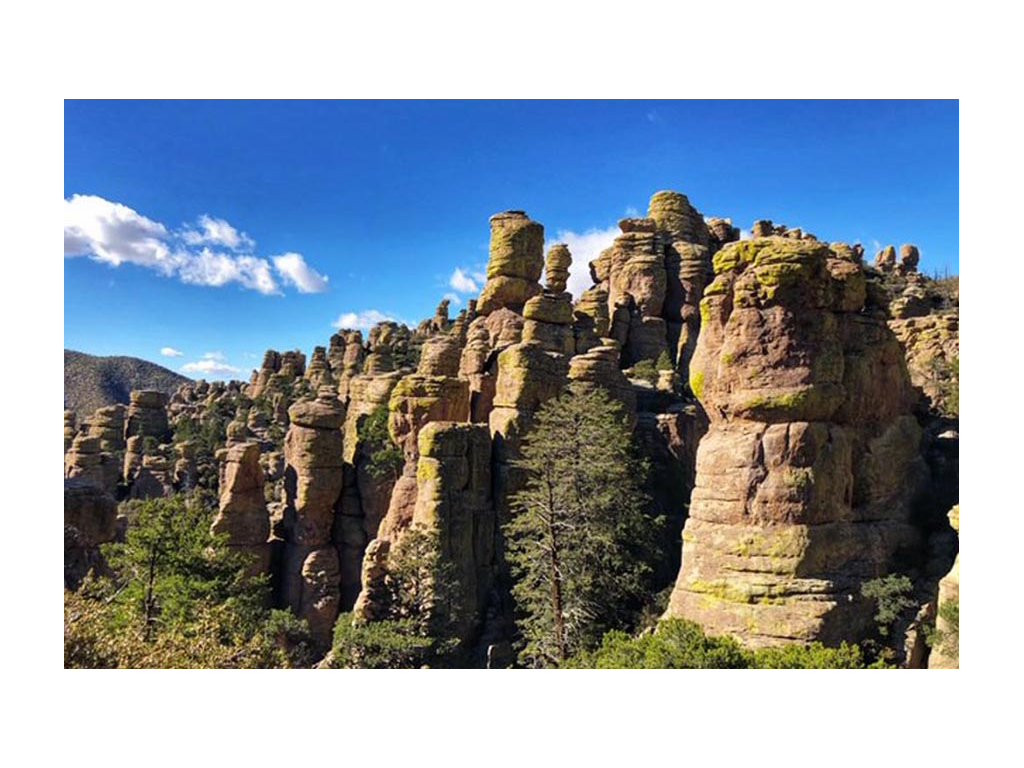
Arizona has 22 national park units, including Chiricahua National Monument. It is known as the Wonderland of Rocks and has about 61k visitors annually. Chiricahua is a sort of mountain island raising up in the middle of a desert sea made of Rhyolite rock pinnacles. There are 17 miles of day-use hiking trails and even shuttles to take hikers to various trailheads, where you can then hike back to your campsite.
In addition to the great hiking and views, you can explore Faraway Ranch Historic District, which tells the story of the family who settled the area and eventually helped turn it into a park
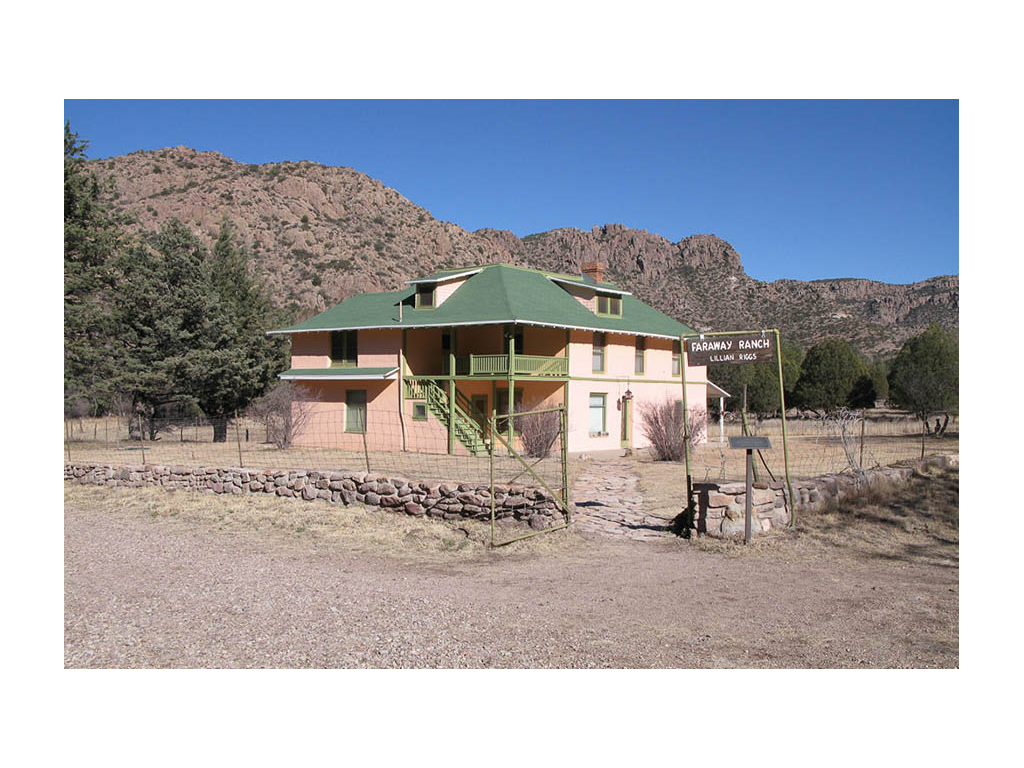 Photo Credit: NPS
Photo Credit: NPS
Camping is available at Bonita Canyon Campground for $20 ($10 for senior pass holders). There are 25 sites, flush toilets and potable water (available during the summer only). It is important to note that there is no dump and many of the sites are very narrow with some that are difficult to back into. Best for smaller rigs – max length 29 ft.
Colorado National Monument in Fruita, CO
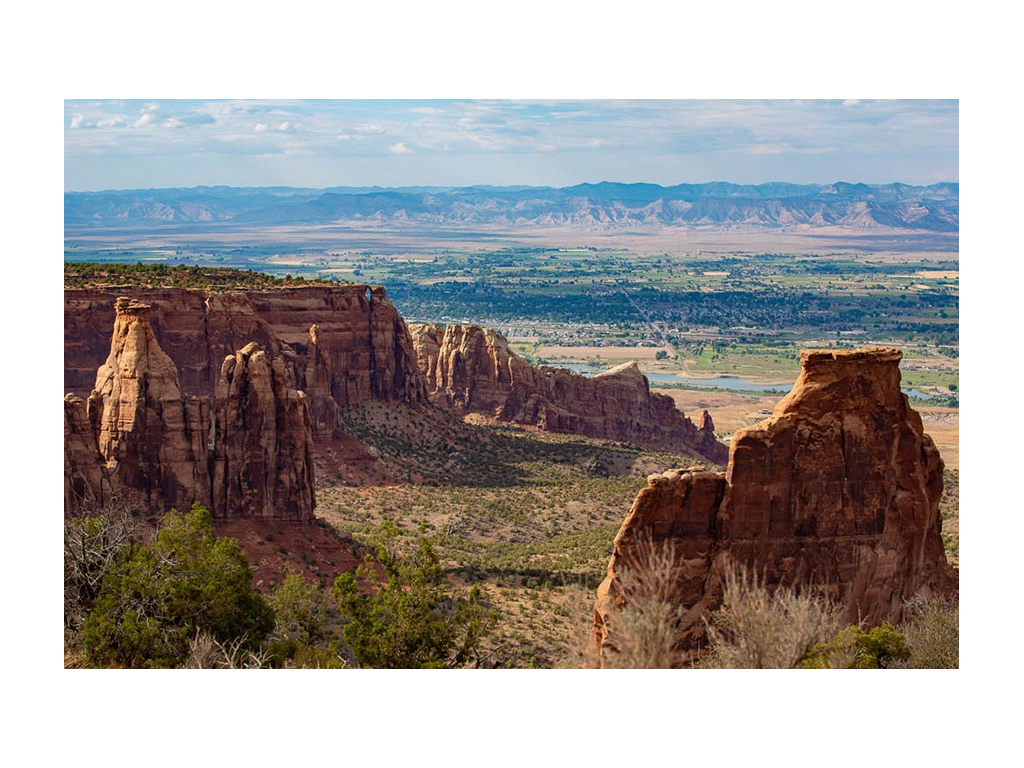 Photo Credit: NPS/Victoria Stauffenberg
Photo Credit: NPS/Victoria Stauffenberg
Colorado has 13 national park units including Colorado National Monument, which gets about 375k visitors per year. The highlight of this National Monument is the 23-mile Historic Rim Drive. Note this drive, while breathtaking, is narrow with steep drop offs in places and not recommended for trailers. Colorado National Monument is also great for hiking, rock climbing, photography, and bicycling. However, this is a high elevation park, so make sure to check the weather when planning your trip.
Camping can be found at Saddlehorn Campground for $22 per night ($11 with senior pass) and has 79 sites. It is a mix of first-come and reservable sites where you will find amazing panoramic views. Flush toilets and water are available, but there is no electric or showers.
With no electric, the back screen on my Travato K came in extremely handy to allow a nice breeze in the summer. The sites (max length 40 ft) have a lot of natural brush and trees in between which allowed for privacy even with the bathroom doors wide open.
Lake Mead National Recreation Area near Las Vegas, NV
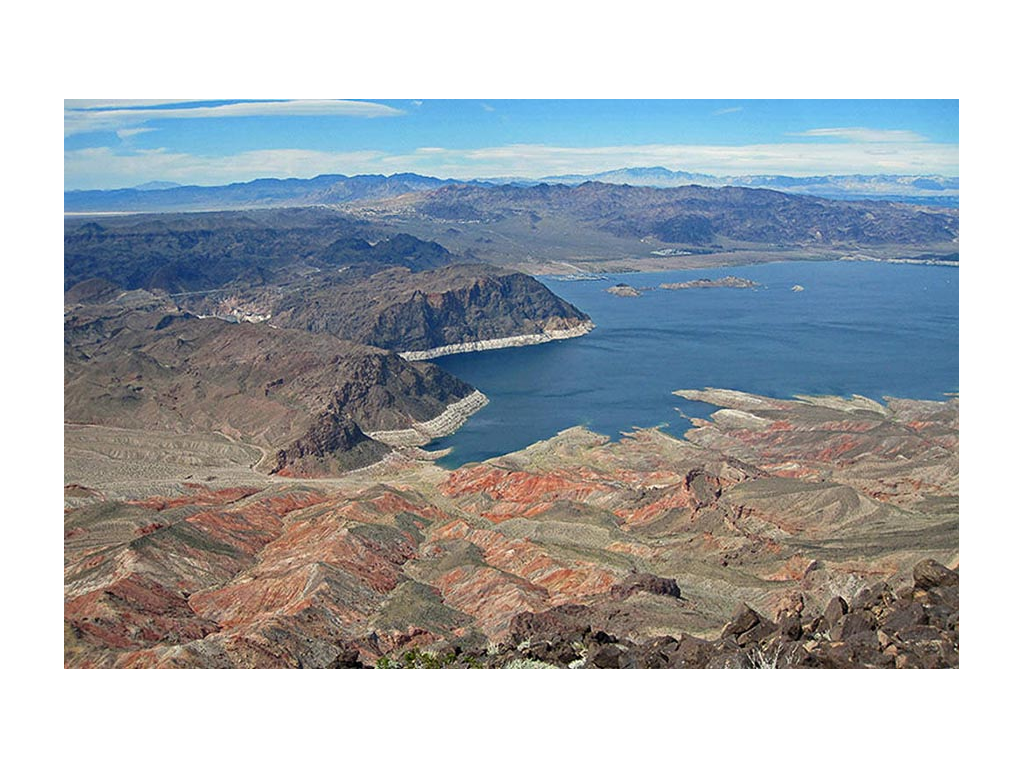 Photo Credit: NPS
Photo Credit: NPS
Nevada has four national park units including Lake Mead National Recreation Area, which spans into Arizona as well. There are about 7.5 million annual visitors - which seems high, but spread out over the 1.5-million acres of this park, it does not seem too crowded depending on the time of year.
Lake Mead National Recreation Areas was the first of its unit type and provides the perfect backdrop for boating, fishing, hiking, swimming, and camping on both Lake Mead and Lake Mojave. The drive through the park offers great views of the lakes and you can also make the short trek over to Hoover Dam.
There are 15 public and private campgrounds throughout the area, seven of which are managed by the National Park Service. During one visit, I checked out Boulder Beach Campground for $20 per night ($10 for senior pass holders). It has 148 sites and can accommodate larger rigs.
There are no hook-ups or showers at any of the National Park Service managed campgrounds at Lake Mead, but full hook-ups are available at some of the private parks. On another visit, I boondocked on some of the very ample BLM land just outside of this park unit. (Check out this recent GoLife article for more about Lake Mead and other spots near Vegas).
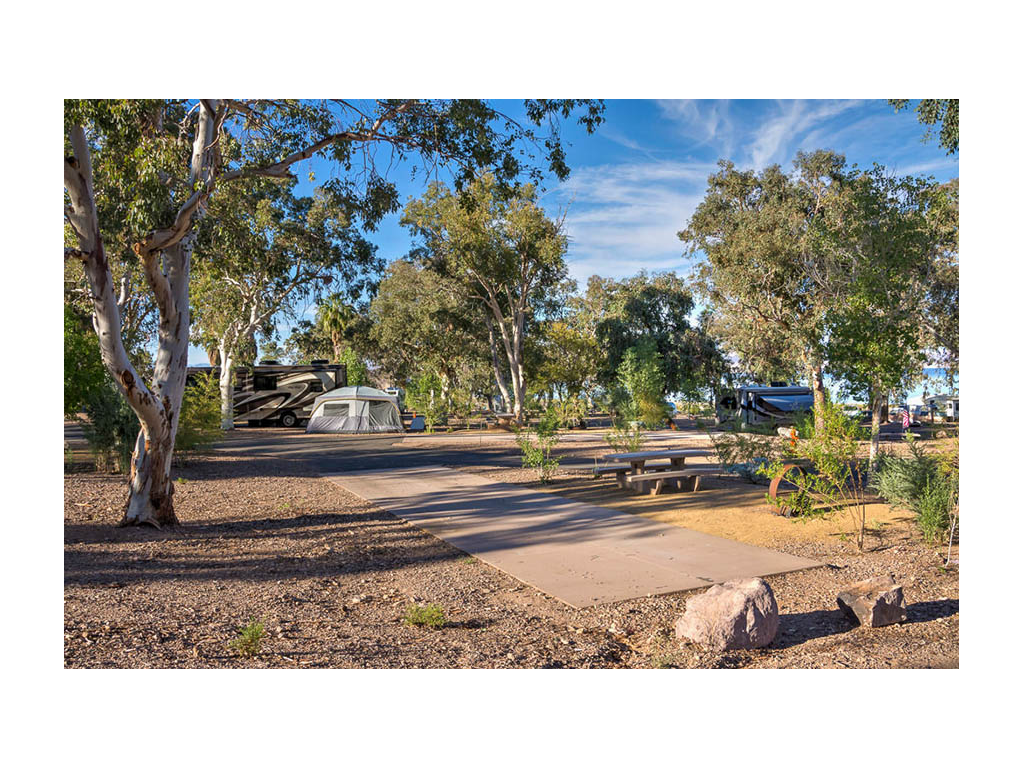 Photo Credit: Lake Mead National Recreation Area - Andrew Cattoir
Photo Credit: Lake Mead National Recreation Area - Andrew Cattoir
Resources to Help Find the National Park That’s Right for You
- Find a Park: Look up U.S. National Parks by state or activity: findyourpark.com/park-finder
- Camping Reservations: Recreation.gov is the official app and website for camping reservations at any of the National Park System units.
- Podcast: America’s National Parks Podcast is a great podcast telling behind-the-scenes and historic stories of many of the national park units
- Park Maps: Keep your eye out for free maps when visiting any national park unit. Recently, I found a great one called ‘Experience National Parks in Arizona’ which contained a map of the state as well as a brief description of all 22 units located in the state.
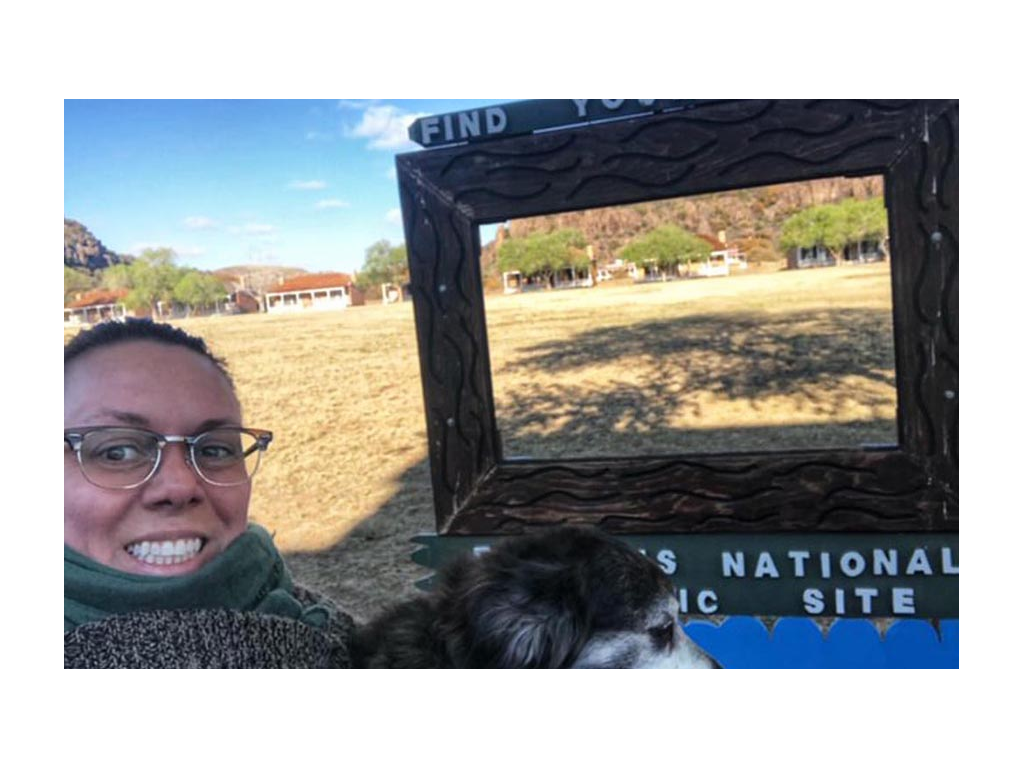
Do you have a favorite lesser-known national park unit? Please share in the comments!
Comments
Comments on this post are moderated, so they will not appear instantly. All relevant questions and helpful notes are welcome! If you have a service inquiry or question related to your RV, please reach out to the customer care team directly using the phone numbers or contact form on this page .